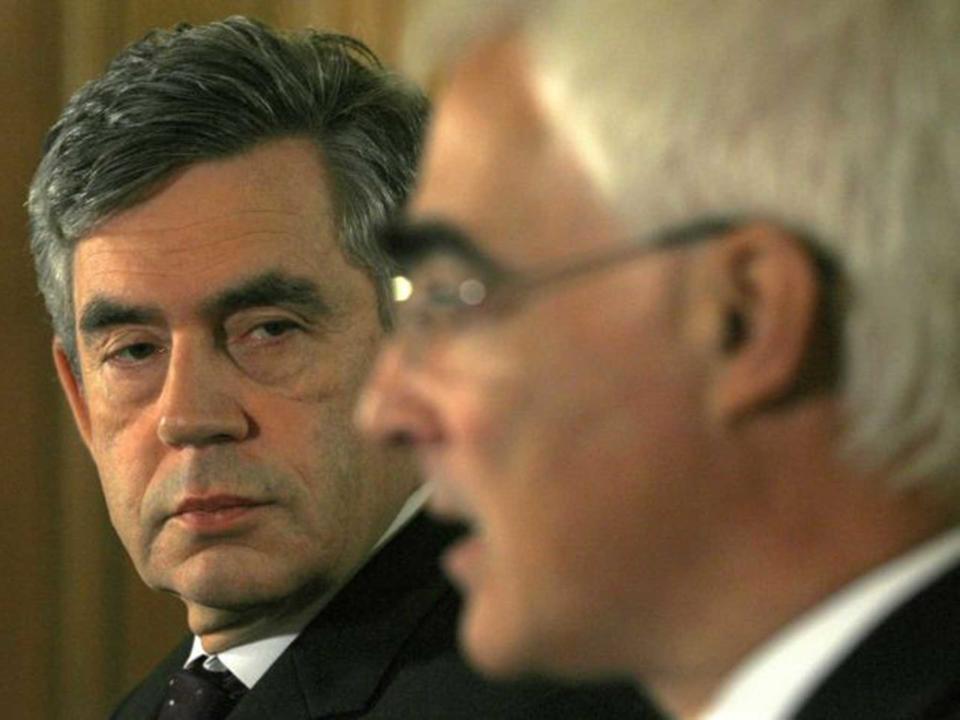How does this coronavirus fiscal package compare to the bank bailouts of 2008?

The Chancellor Rishi Sunak has announced a £330bn package of support for businesses amid the coronavirus economic crisis.
“We will support jobs, we will support incomes, we will support businesses, and we will help you protect your loved ones. We will do whatever it takes,” said Mr Sunak.
Read more
How to be productive if you have to work from home during coronavirus
Which countries around the world has coronavirus spread to?
The dirty truth about washing your hands
Should you be taking paracetamol or ibuprofen to treat coronavirus?
What are symptoms of coronavirus – and where has it spread?
He was echoing the words of the president of the European Central Bank, Mario Draghi, who used that very “whatever it takes” phrase to bring an end to the eurozone market panic in 2012.
But is this financial rescue package unprecedented?
How does it compare, for instance, to the Labour Government’s bailout of the banks in the financial crisis of 2007-09?
What exactly is in this package?
The headline measure is £330bn of government-backed loans for businesses hit by the coronavirus crisis.
Then there’s a cash grant of up to £25,000 for 700,000 small businesses. This, along with business rates relief adds up to £20bn of financial support this year, according to Mr Sunak.
And struggling mortgage borrowers can apply for a three-month repayment holiday from their banks.
How much support was given to the banks in the financial crisis?
According to the National Audit Office, peak support for the financial sector in December 2009 was £955bn.
This was made up of around £70bn of taxpayers’ directly injected into the Royal Bank of Scotland and Lloyds to keep those two massive lenders afloat.
But the bulk of this package was made up of various taxpayer loans and indemnities to the broader banking sector.
There are also various ways of calculating the cost of the bailout.
Last year the Office for Budget Responsibility put a figure of £136bn on the cash outlays by the UK state on financial sector interventions during the crisis – and also noted that if one accounts for various loan repayments and bank stake sales back to the private sector the net cost is below £30bn.
So where does that leave us on the comparison question?
In cash terms the bank bailout was larger.
But these new loans will go to a far broader range of industries.
And it’s entirely possible that they may never be paid back and may one day have to be converted into grants by the state or perhaps ownership stakes.
If that happens on a significant scale it’s possible to see this as a more substantive bailout of private companies than happened a decade ago.
It’s important to consider the wider economic policy picture then and now too. In the 2008 crisis the Government cut the rate of VAT to support consumer spending.
There was nothing comparable then to the £25,000 cash grants now being made available to more than half a million small companies.
Also note that Mr Sunak said he will soon have legal power to “offer whatever further financial support I decide is necessary”.
That goes beyond anything that instituted a decade ago and potentially adds up to the most far-reaching economic intervention in the private economy by the UK government in peace time.
Is this support package well designed?
Some might argue that some business will be loath to take on debt, even on very attractive terms, at a time like this and that most of the package should be in the form of grants rather than loans.
But it’s not unreasonable for the Government to cover some of its downside financial risk in the event that the crisis turns out to be shorter than currently envisaged by making loans rather than giving away cash.
In terms of the size of the overall package at 15 per cent of UK GDP it’s roughly equal to the business support packages unveiled by Spain, Germany and France.
Another point: the UK bank bailout 12 years ago evolved over time.
It had to be added too as it became clear that the banks needed more taxpayers’ money to stay in business.
This may well be the case this time too.
The question of whether the Covid-19 business bailout or the 2008 bank bailout was larger will only really be clear in the fullness of time.
